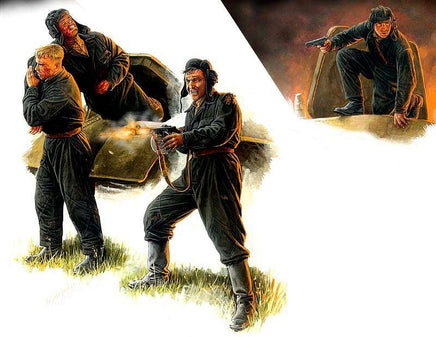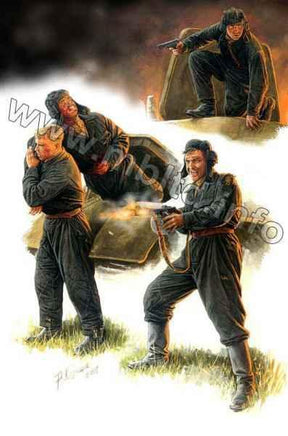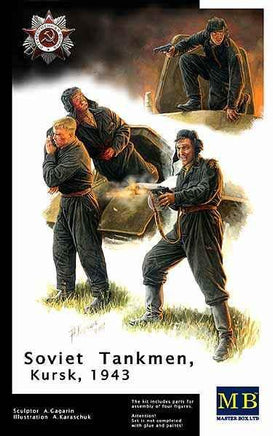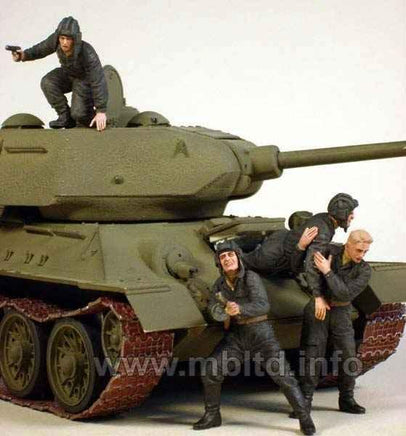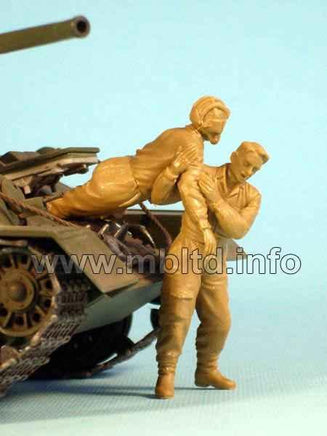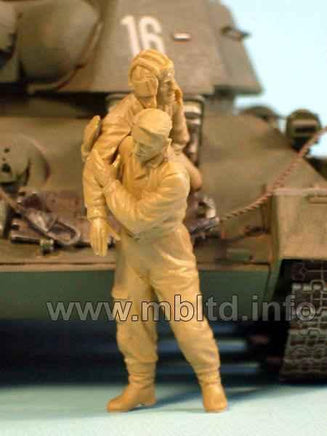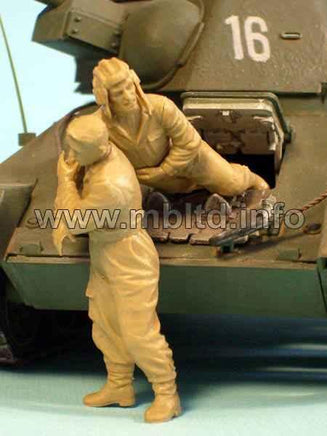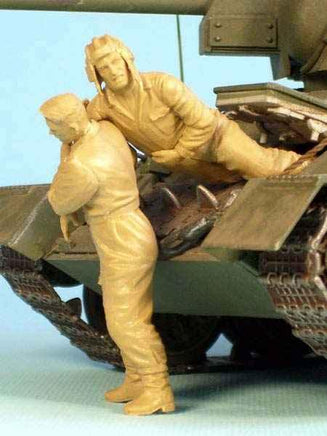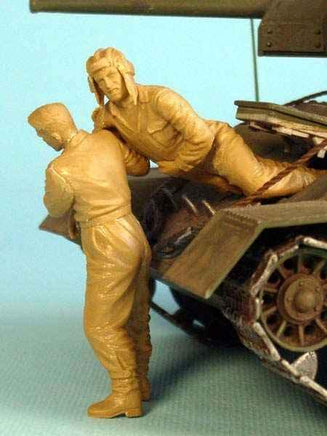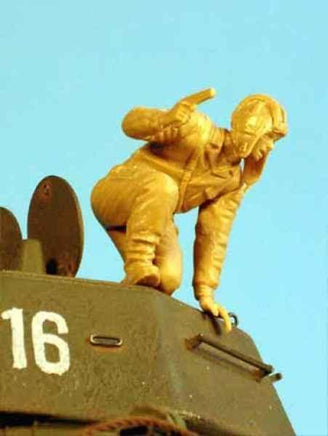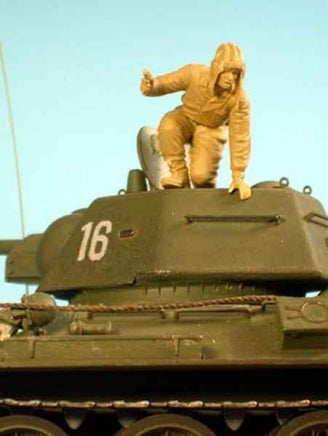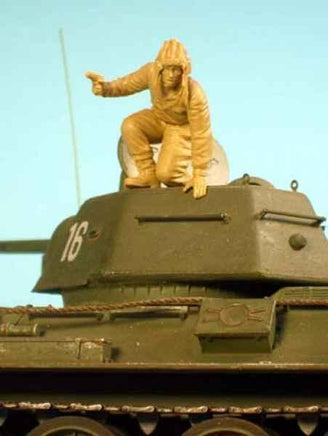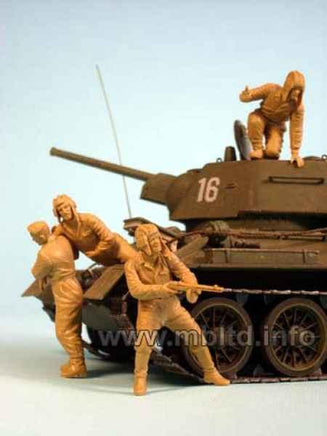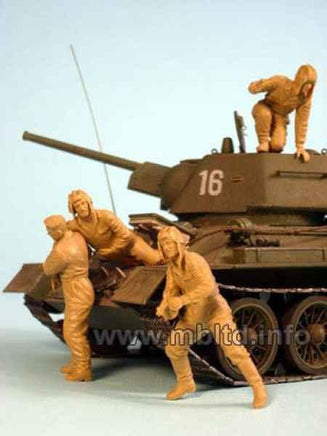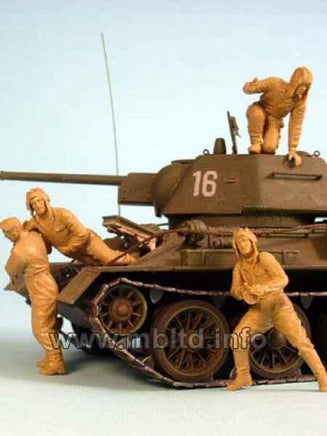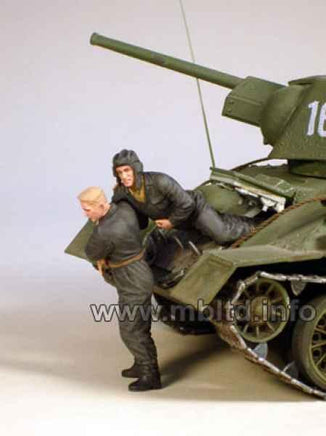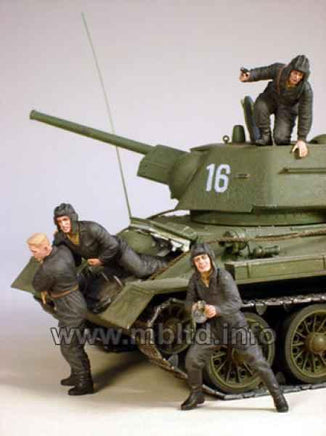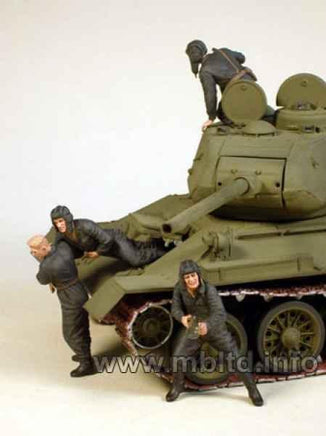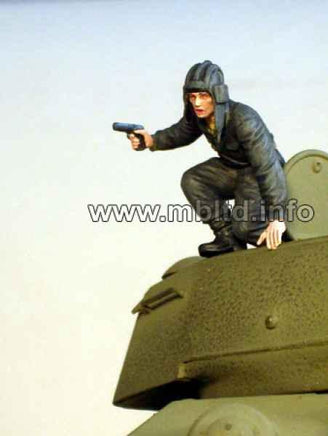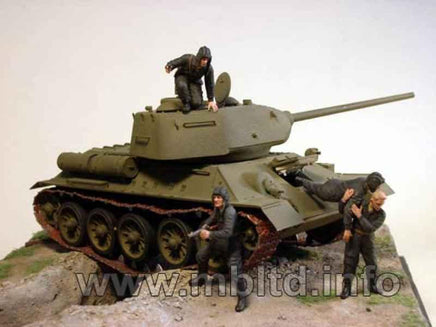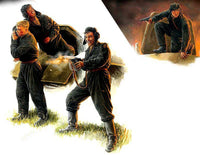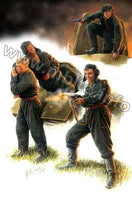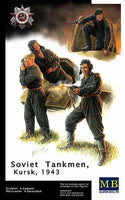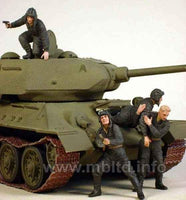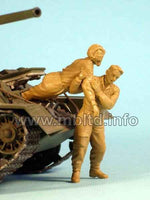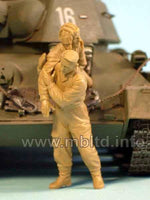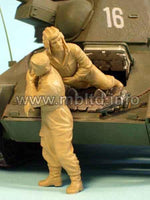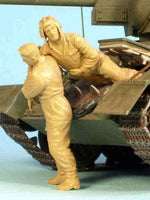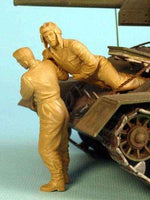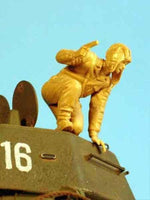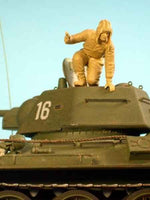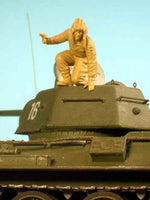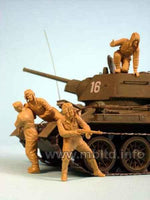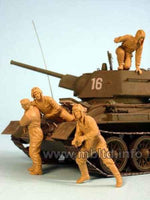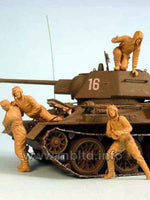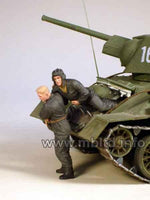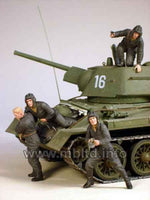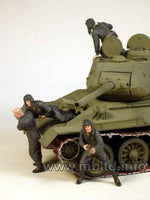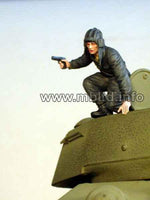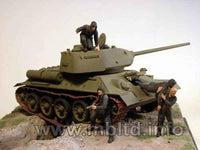The Battle of the Kursk (German code name: Operation Zitadelle) is widely recognized—not quite accurately—as the largest armored battle in World War II and the largest armored battle on the Eastern Front. It happened after the German defeat at Stalingrad in February 1943, but also after the successful German counter-offensive at Kharkiv in March of the same year. The German side, joining the battle, counted on the full acquisition of the strategic initiative, on the task of the Soviet side with the greatest possible losses, as well as on the nipple of the Soviet offensive expected in the summer of 1943. The Red Army adopted a defensive stance, trying to bleed the attacking Germans out of the blood in the initial phase of the operation and then proceeding to a counter-offensive. The battle on the Kursk arc began on July 5, 1943, and along with the Soviet Orłowo and Belgorod operations, it lasted until August 23 of the same year. In its course, despite the involvement of significant forces by the German army and the newest Tiger and Panther tanks, as well as the Ferdinand tank destroyers, the Soviets achieved victory. They prepared themselves very well for this battle, and despite suffering huge losses, they were able to go to the counteroffensive. The Battle of the Kursk region turned out to be one of the turning points in World War II. It is estimated that as a result (from July 5 to August 23), the German army lost approx. 240,000 soldiers—killed, wounded and captured, approx. 1,300 tanks and approx. 1,000 aircraft. The losses of the Red Army were undoubtedly greater.
Armored and mechanized troops of the Red Army began to be formed on a larger scale in the late 1920s and 1930s. Especially in the 1930s, they developed dynamically. This was reflected both in the organizational structure and in the equipment. On the first of these planes, the formation of mechanized corps began in 1932, the structure of which evolved until the outbreak of World War II. As for the equipment, new types of tanks were introduced, such as the BT-5, BT-7, T-26, and T-28 multi-turret tanks. Very successful tanks were also introduced into the line shortly before the start of the war with the Third Reich—of course, we are talking about the KW-1 and T-34. However, despite the fact that at the time of the German aggression, the Soviet armored forces had a quantitative advantage over the aggressor, they suffered huge losses in men and equipment in the first period of the war. They can be explained by the shortcomings of a well-trained officer cadre (the aftermath of the Stalinist purges of the 1930s), the worse individual training of Soviet tankers compared to their German opponents, or the inferior tactics used by the crews of Soviet tanks. Also, the doctrine of their use was not as consistent and well-grounded in training as in the German army. We can also add to this the rather poor ergonomics of Soviet vehicles or the shortage of short- and long-range radio stations in armored forces. With time, however, these errors began to be more or less successfully corrected. For example, in the spring of 1942, armored armies began to be formed, which were to perform primarily offensive tasks and constituted a slightly more ergonomic structure than the previous mechanized corps. However, it seems reasonable to say that until the end of the war, the Red Army emphasized the quantitative advantage rather than the qualitative advantage over the enemy, although it introduced such successful tanks as the T-34/85 or IS-2 into service during the warfare. This is clearly visible, for example, during the Battle of Kursk in July 1943.

